Industrial cooling towers are used to remove heat from the circulating cooling water systems used in power plants and other industrial facilities. They are larger than HVAC systems. Read More…
CTS, Inc. also provides industrial applications. Our LHC model is a cross flow industrial model cooling tower that provides customers with more wetted surface for uniformed water distribution and higher heat transfer efficiency. The filling and drift eliminator allow the maximum air volume through the cooling tower.
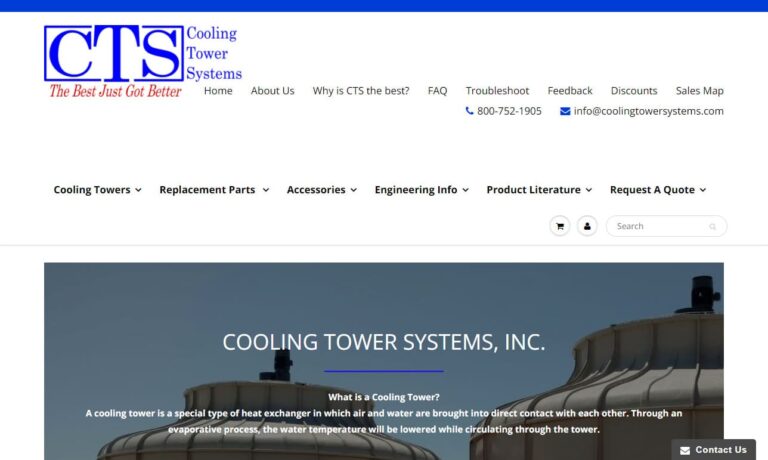
At Delta Cooling Towers, Inc., we specialize in providing high-performance cooling solutions for a wide range of industries. Our innovative cooling towers are engineered to deliver optimal efficiency, durability, and reliability, ensuring that our clients experience effective temperature regulation in their operations.

At SPX Cooling Technologies, we specialize in providing innovative solutions for heat transfer needs through our wide range of high-performance cooling towers. We design, manufacture, and deliver custom-engineered systems that are built to meet the unique requirements of various industrial and commercial applications.

At Cold Shot Chillers, we create a number of chilling systems, including cooling towers. Our products are designed for durability and cost effectiveness. Our engineers can easily custom build any machine to fit the needs of a particular application.

More Industrial Cooling Tower Manufacturers

How Industrial Cooling Towers Work
When hot process water is injected into a reservoir of cool water and then pumped back through the process, the basic cooling process gets started. As the process water is applied to the wet deck surface by spray nozzles, heat is removed from it. The moist deck surface is simultaneously covered in air that is blasted upward. The water's temperature decreases as the stream of air passes by the heated water and absorbs the heat. After being gathered in the reservoir, the cooled water is reintroduced to the process.
Four main techniques are employed by industrial cooling towers to create air flow: forced draft, induced draft, mechanical draft, and natural draft. Mechanical draft uses a power-driven fan motor. Induced draft uses a fan at the discharge to pull air through the tower (in which fans are located on the side of the cooling towers). The fill pack, usually found on the wet deck, is the core of most cooling towers. Film fill and splash fill are the two different types of fill.
A thin coating of water is applied over multiple layers of tightly spaced plastic surface in a film fill. Water splashes over several layers of horizontal splash elements in a splash fill, forming droplets that cover a sizable surface. Industrial cooling tower systems can be divided into four categories: closed loop, open loop, cross flow, and counterflow.
In open loop systems, heated water is pumped into a tank at the top of the tower, where it drips through a series of plates as cooling air rises. In cross flow systems, the water flows through a series of plates and cascades down (in which the cooling water is contained inside a closed tubing system and cooling occurs by running water over the tube housing the heated water).

How Industrial Cooling Towers Prevent Pollution
Most cooling towers use evaporative cooling, which evaporates tiny, harmless drops of pure water. However, liquid droplets that contain substances that have a negative impact on the environment are lost. Although the cooling towers include effective parts known as drift eliminators, this might still result in pollution.
The water droplets that enter the cooling tower's air steamer are captured by the drift eliminators, which are made in this manner. By recycling it, they not only stop them from harming the environment but also conserve water. When they come into contact with the unique blade walls, the drift eliminators capture them by changing their direction and velocity.
The layout of the walls may differ, but they all alter the direction, which forces the water droplets to return to the cooling tower. Additionally, the filters inside them assist in removing pollutants like chemicals that can harm the environment. While the drift eliminator's unique seal stops water vapor from entering the atmosphere.

Maintenance of Industrial Cooling Towers
The most durable industrial machines, cooling towers, require maintenance. There are numerous ways to carry out this maintenance. Implementing the strainer system is necessary to collect all the trash and impurities. Cleaning the nozzles can help prevent clogging. The nozzles must be put in places that are easy to access. When water treatment alternatives are present, the cooling tower can function properly. This could involve using green chemicals, filtering, and water modeling, among other things.
The cooling tower needs to be thoroughly cleaned, which can be accomplished with the aid of a cleaning agent that circulates throughout the tower. In addition, parts like fans, motors, and belts should be examined and cleaned as necessary. Additionally, the electrical parts ought to be examined. Thus, the twenty-first century calls for innovative, less-energy-intensive techniques in cooling towers. Numerous techniques have been developed for this. The energy of the compressor can be reduced by employing a closer design approach.
The cooling tower fan can be controlled by the use of speed motors or variable speed drive technologies. Additionally, as electricity is a resource that is scarce in many places, fans should be developed that consume little to no electrical energy. Nuclear power stations can be connected with hyperbolic cooling towers. This has also been put into practice. Drift eliminators should come in a wider variety because they are essential for preventing pollution.
Choosing the Correct Hyperbolic Cooling Towers Supplier
To make sure you have the most positive outcome when purchasing Hyperbolic Cooling Towers from a Hyperbolic Cooling Towers Supplier, it is important to compare at least 4 Manufacturers using our Hyperbolic Cooling Towers directory. Each Hyperbolic Cooling Towers Company has a business profile page that highlights their areas of experience and capabilities and a contact form to directly communicate with the manufacturer for more information or request a quote. Review each Hyperbolic Cooling Towers company website using our proprietary website previewer to get an idea of what each business specializes in, and then use our simple RFQ form to contact multiple Hyperbolic Cooling Towers businesses with the same form.




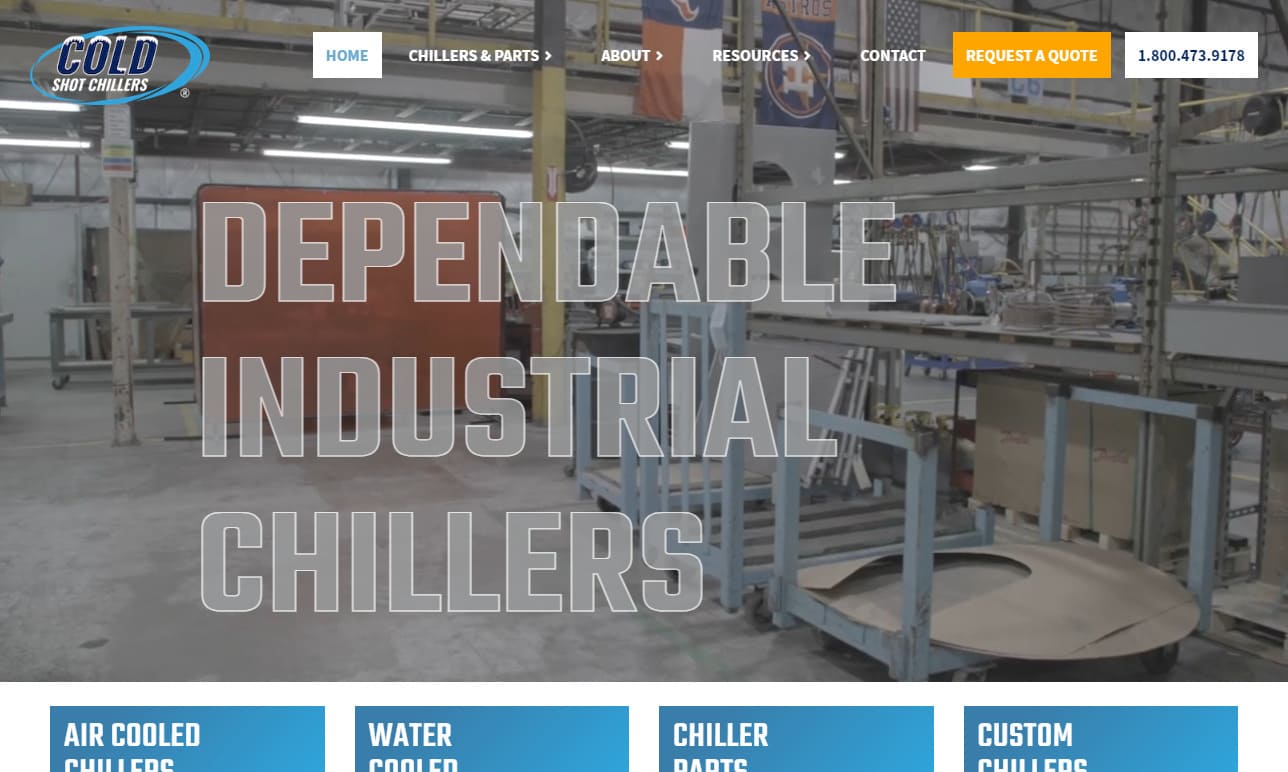
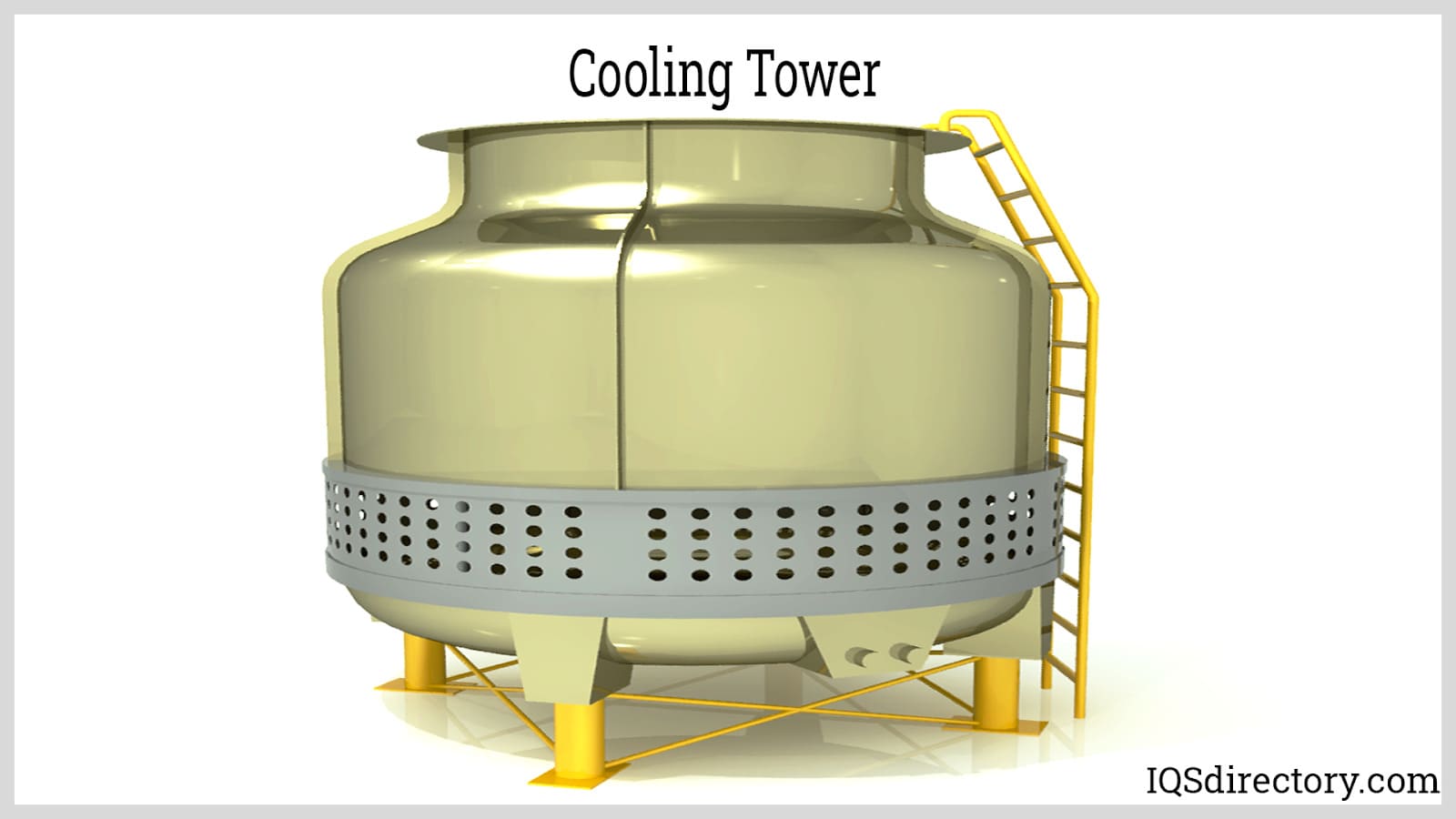
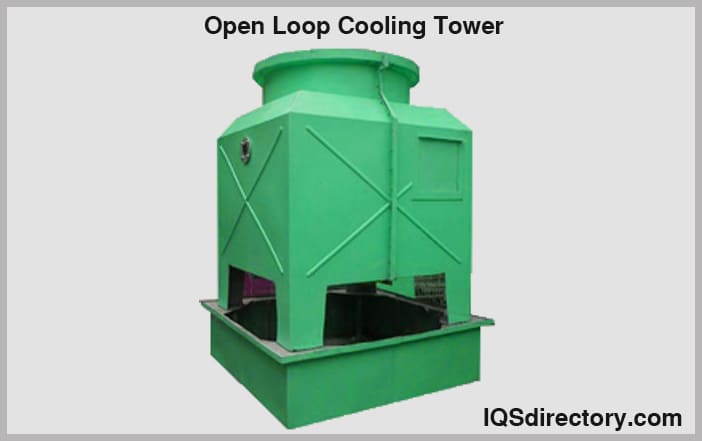
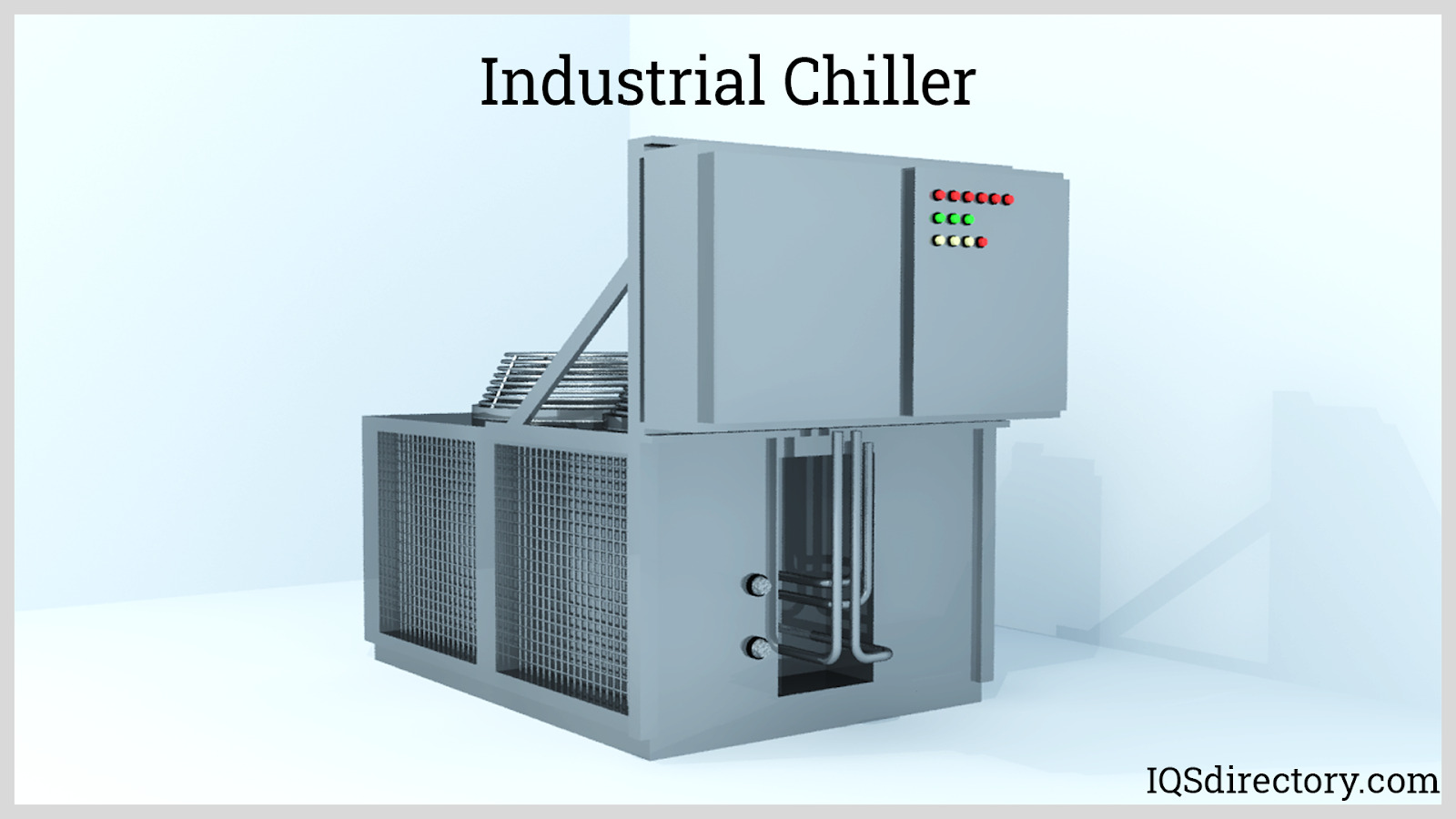
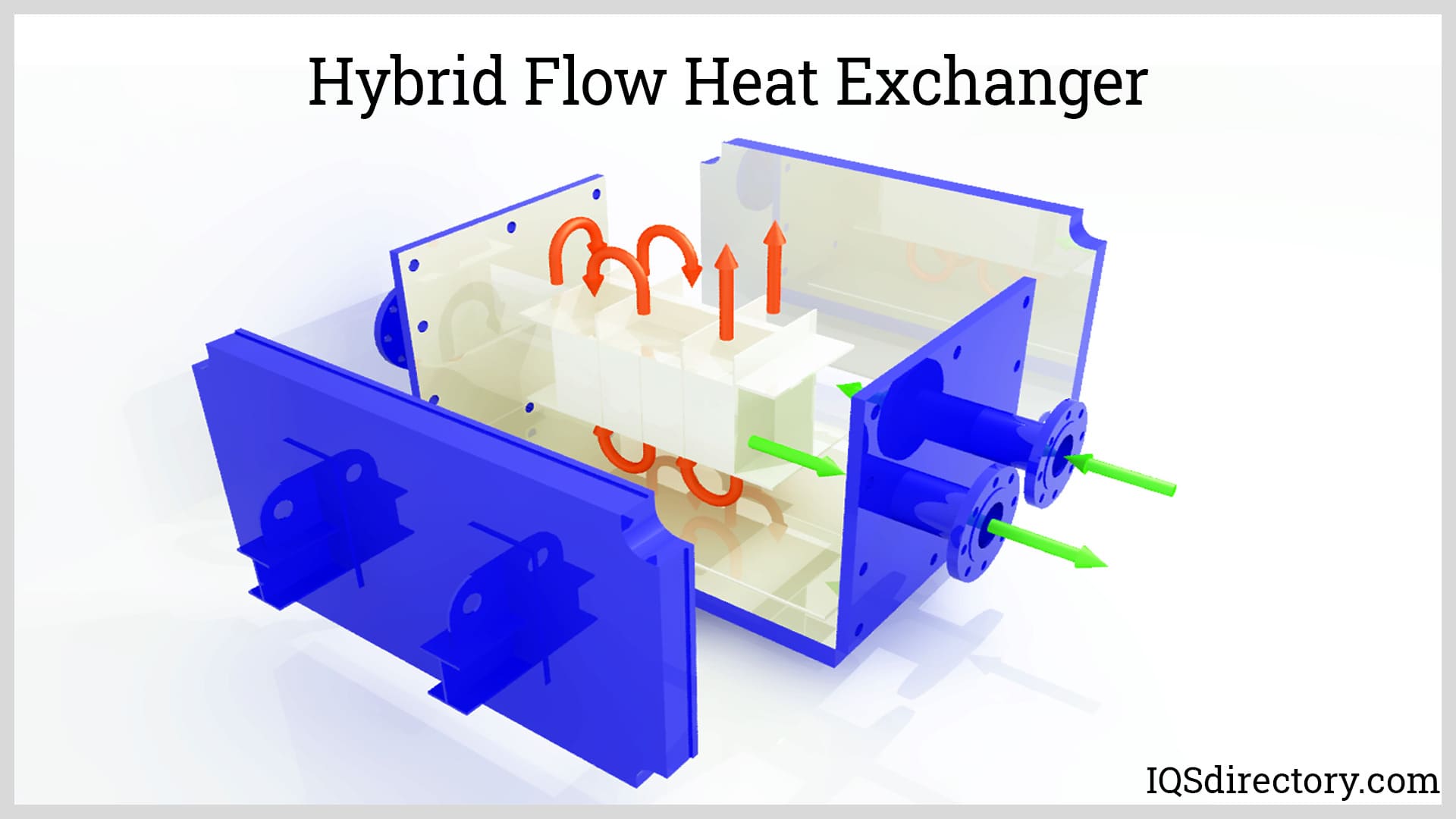
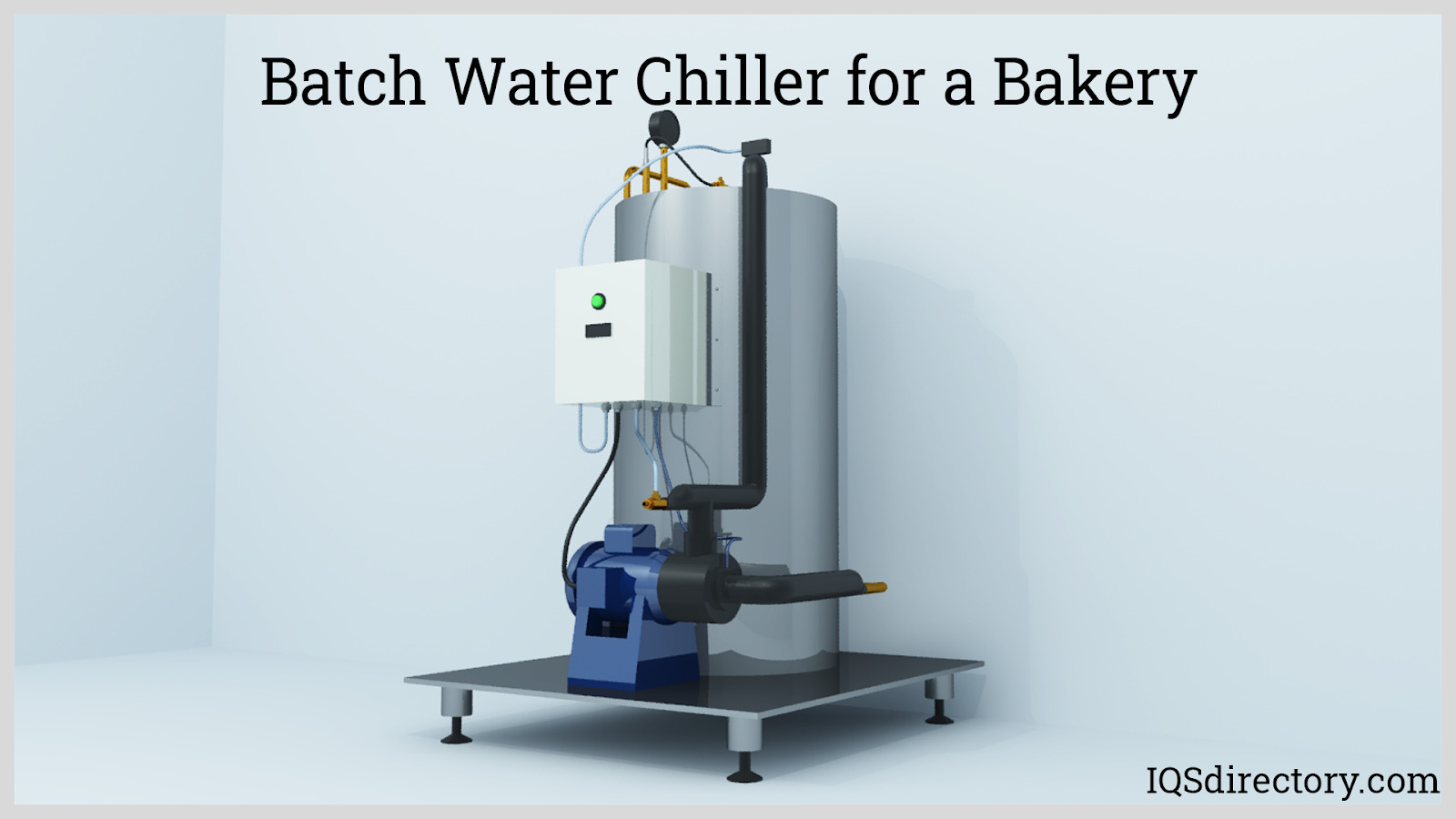
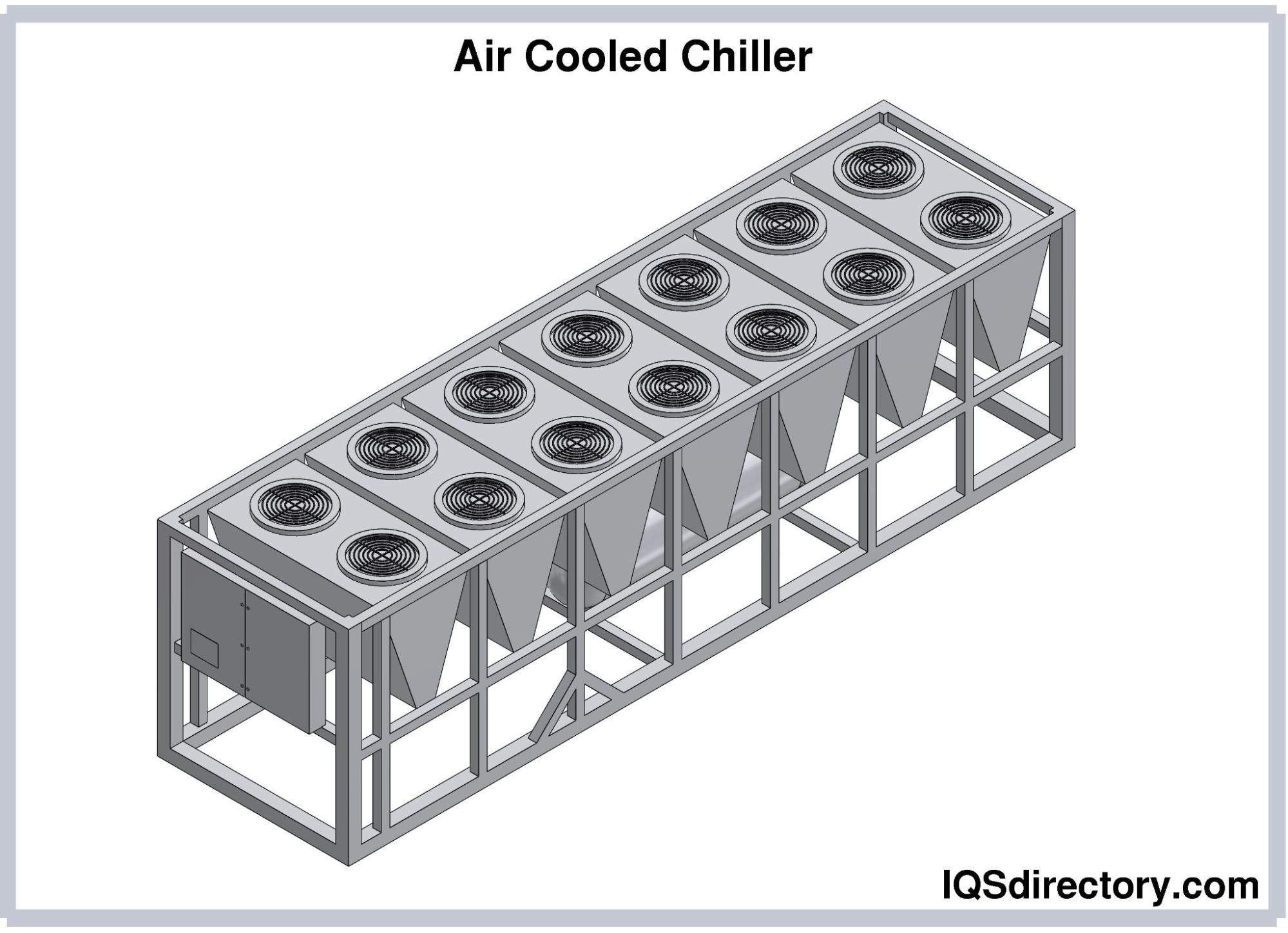
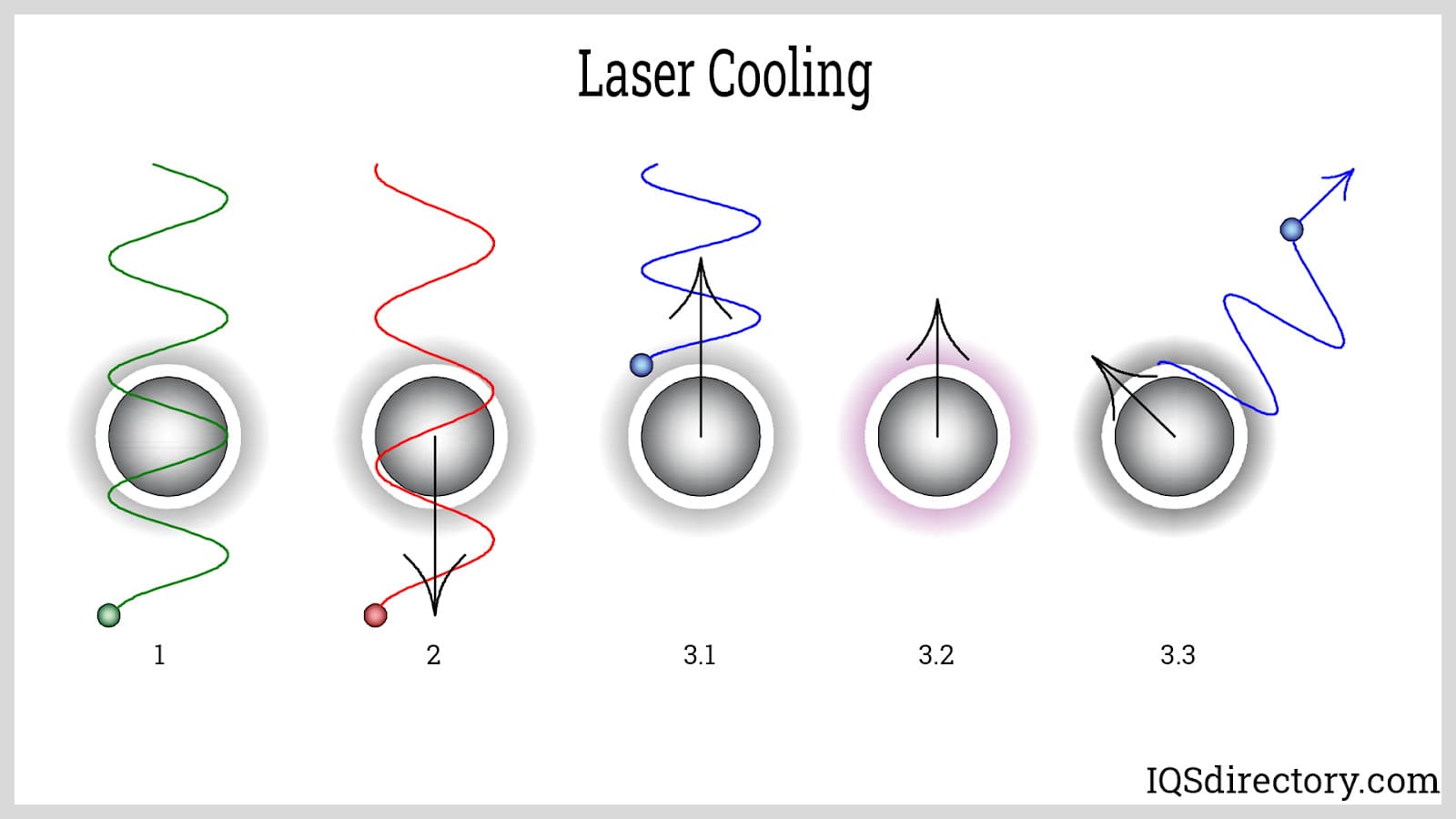
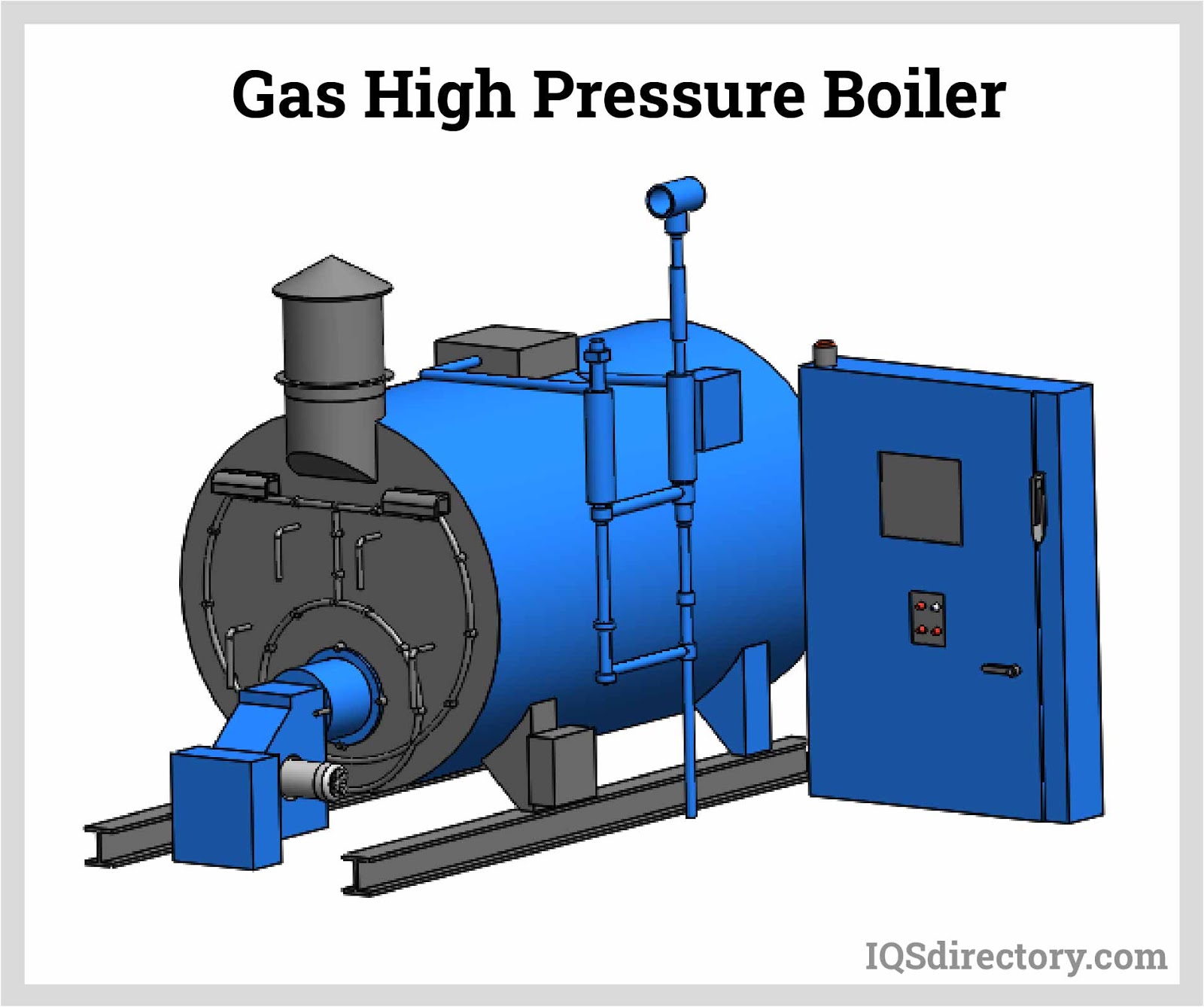
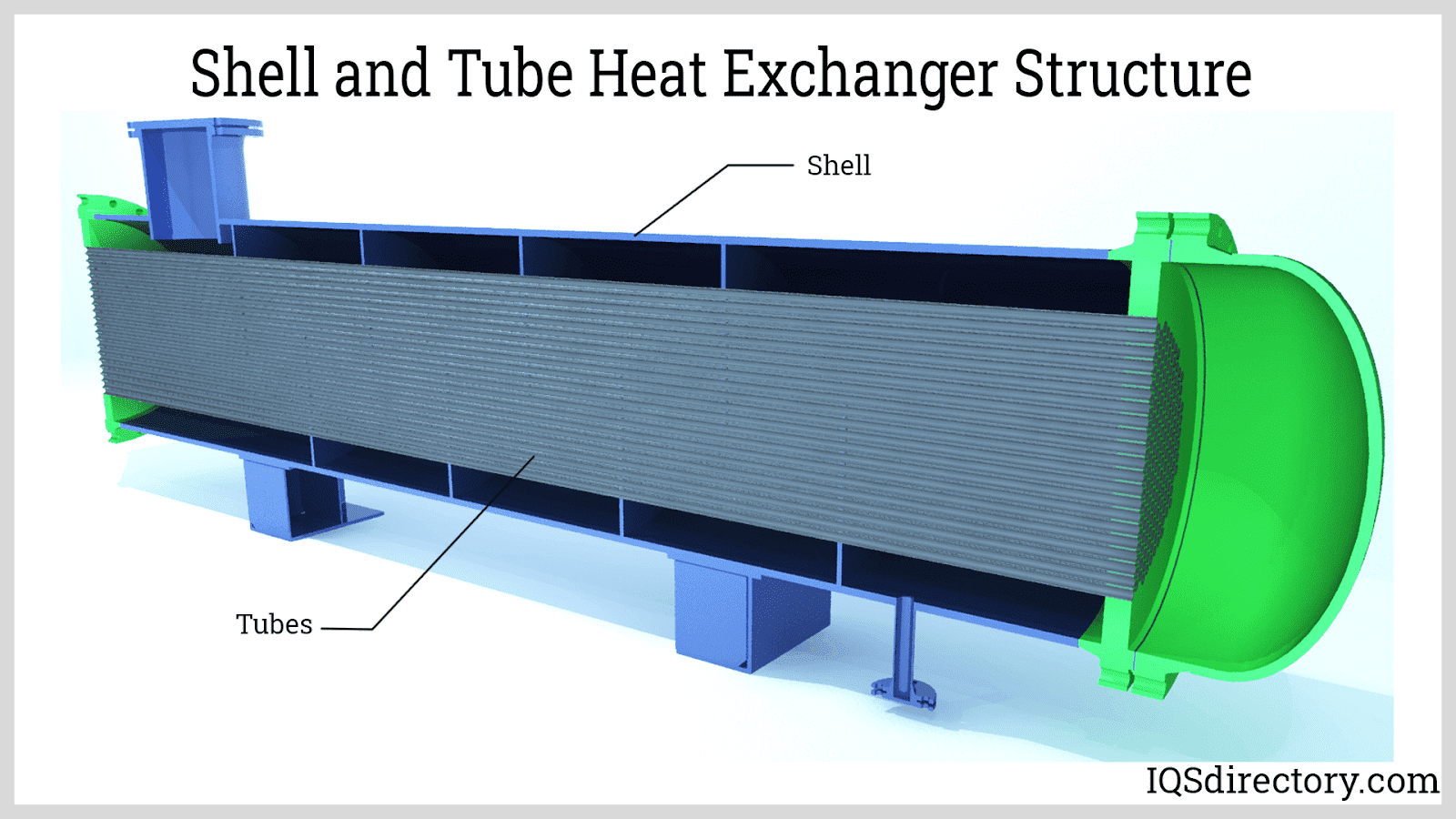
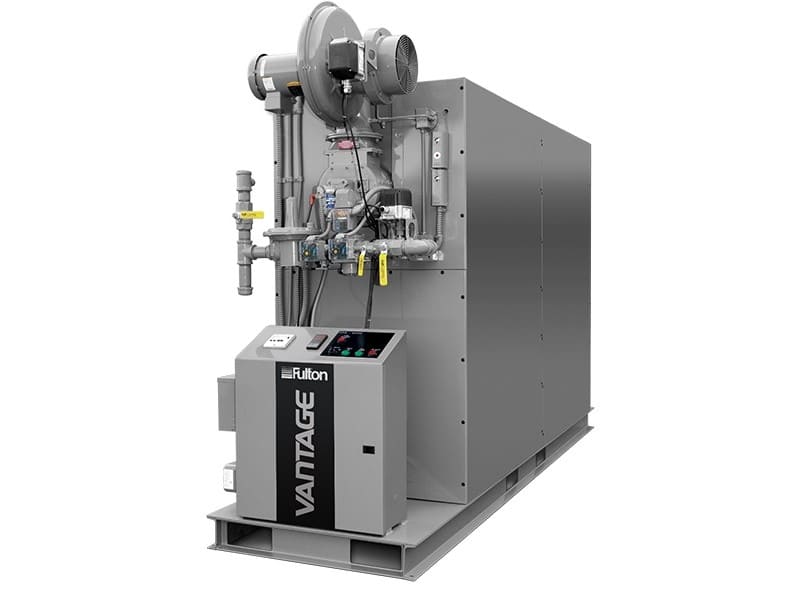 Boilers
Boilers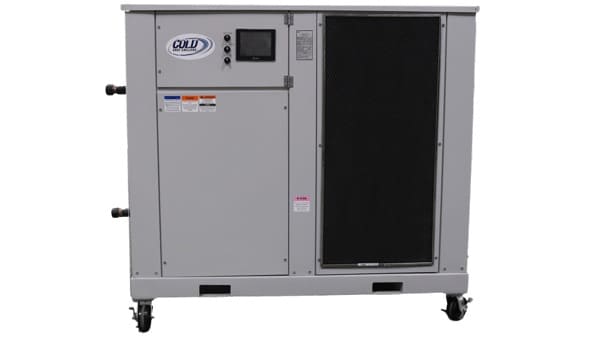 Chillers
Chillers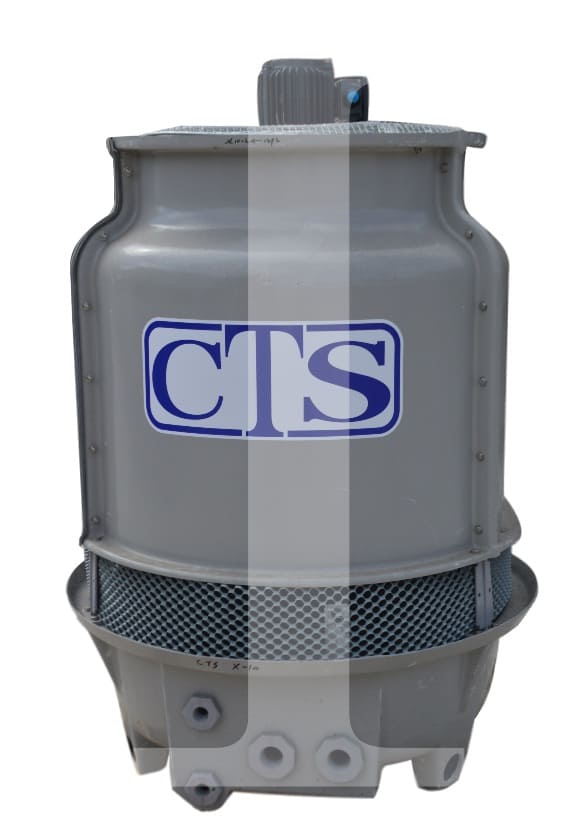 Cooling Towers
Cooling Towers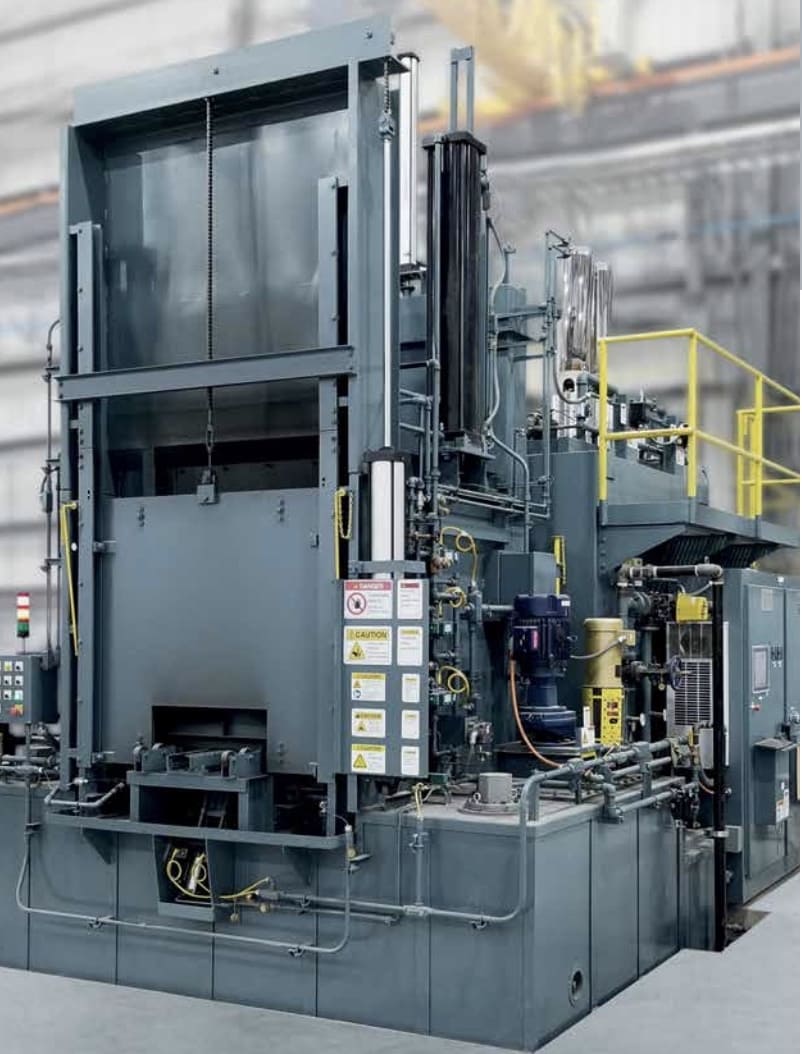 Furnaces
Furnaces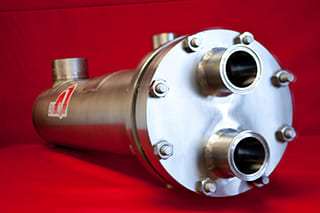 Heat Exchangers
Heat Exchangers Heat Transfer Equipment
Heat Transfer Equipment Castings & Forgings
Castings & Forgings Bulk Material Handling
Bulk Material Handling Electrical & Electronic Components
Electrical & Electronic Components Flow Instrumentation
Flow Instrumentation Hardware
Hardware Material Handling Equipment
Material Handling Equipment Metal Cutting Services
Metal Cutting Services Metal Forming Services
Metal Forming Services Metal Suppliers
Metal Suppliers Motion Control Products
Motion Control Products Plant & Facility Equipment
Plant & Facility Equipment Plant & Facility Supplies
Plant & Facility Supplies Plastic Molding Processes
Plastic Molding Processes Pumps & Valves
Pumps & Valves Recycling Equipment
Recycling Equipment Rubber Products & Services
Rubber Products & Services